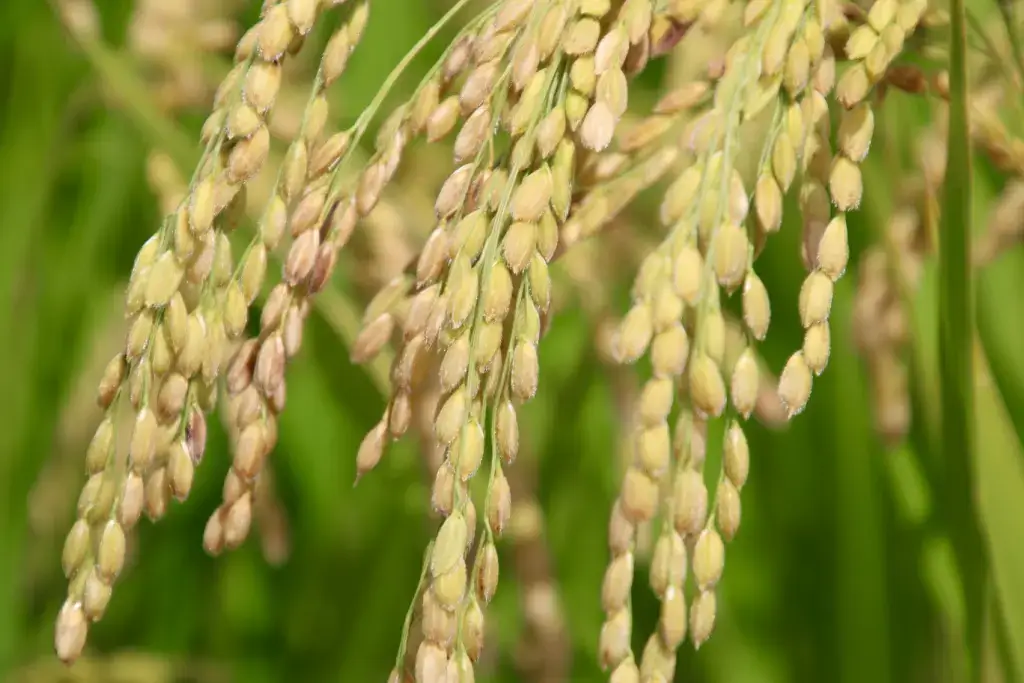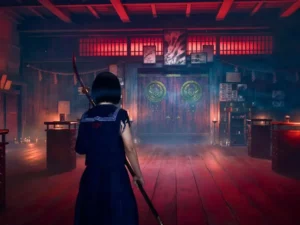When visiting Japan, you may realize that many rice-based dishes are served in restaurants or cafes. In Japan, the majority of rice comes from the Tohoku region. The Tohoku region is famous for high-quality ice brands, such as Hitomebore and Akitakomachi. Let’s look at introducing Tohoku rice, what makes it unique, and what products and attractions you should pay attention to!
Table of Contents
ToggleWhat makes Tohoku unique from other regions in Japan?
Tohoku is famous for its remote scenic landscapes and unique cultural heritage. The region is full of nature, making it a prime location for outdoor activities such as hiking, skiing, and rafting. Tohoku maintains a more rural character, offering glimpses of traditional Japan, often lost in more urbanized areas.

Famous for its onsen culture and diverse climate, the region has shown remarkable resilience in the face of natural disasters. Less explored by international tourists, Tohoku provides an authentic Japanese experience, blending natural beauty, history, and preserved traditions to set it apart from the rest of the country.
Japan’s “rice granary” produces a quarter of the country’s rice, benefiting from distinctive local conditions. In particular, one of the most exciting places to visit in Tohoku is the breathtaking, tiered rice terraces, tanada. Visiting these tiered rice terraces will make you feel like you’ve traveled back in time, no matter which season you visit!
Are you looking for great snacks that feature Tohoku rice? Check out Sakuraco! Sakuraco delivers traditional Japanese snacks, teas, and sweets from local Japanese makers directly to your door so you can enjoy the latest delicacies directly from Japan!
Why is its rice special?
Although farmers typically grow rice in warmer climates, Tohoku rice boasts unique characteristics due to the region’s natural environment, including water, soil type, and climate conditions. The water used to grow rice in Tohoku comes directly from the mountains, which provides the rice with many minerals and nutrients.

Since the Tohoku region has few industrial plants, space is abundant for rice to grow in suitable fertile soil. Additionally, thanks to the cooler climate in the region, there are also fewer pests, making rice less susceptible to disease. There is also a significant difference between day and night temperatures, making the rice more accessible to grow, sweet, chewier, and sticker.
What rice-based products and attractions come from Tohoku?
While rice can be enjoyed by itself, there are many ways to enjoy it, such as enjoying it as a drink through sake or eating harako meshi. You can also enjoy rice without eating it by watching the creative art pieces farmers make in their rice paddies!
Rice paddy art (Tanbo Art)
Tohoku hosts Tanada, where farmers create rice paddy artwork by growing different rice varieties and using the paddies as a canvas. Japanese call this type of art “Tanbo art.” Inakadate in Aomori Prefecture likely originated rice paddy artwork. Now, two villages in Inakadate dedicate themselves to creating new artwork designs yearly.

An art teacher helps design the artwork. First, the teacher sketches various drafts of potential artworks. After selecting a design, farmers choose plant-specific rice varieties according to the blueprint. The artwork emerges as the rice seedlings mature. Visitors can best view the rice artworks from mid-July to early October.
Sake
In addition to growing rice for eating, Tohoku is also known for significantly growing rice for drinking! This type of rice is sometimes referred to as sake rice. Sake rice differs from regular rice because it is about 30% larger and has less fat and protein. The rice is also sweeter than normal due to the higher starch content.

Recently, many Tohoku rice-based sake brands have been winning awards thanks to the unique flavors brought out through traditional brewing methods. The brands that have won awards are Fumotoi Sake Brewery, Yonetsuru Shuzo Corporation, and Suehiro Sake Brewery.
Harako Meshi
Harako meshi is a regional dish that originated in Miyagi Prefecture. It consists of steamed rice with salmon fillet and large salmon roe on top. Fishermen source the salmon from the Kitakami, Naruse, and Abukuma Rivers. Cooks also prepare the rice using the salmon-boiling broth.

Initially, local fishermen who caught salmon in the rivers ate this dish, calling it “Fisherman’s rice.” Now, everyone enjoys the dish, especially in Watari Town in Miyagi. The best time to eat this dish is in the fall, between September and November.
Why should I try Tohoku rice?
Thanks to the region’s water, soil, and climate, Tohoku rice has many unique characteristics. These factors influence the overall taste of the rice, with the varieties of Tohoku rice being much loved nationally and internationally! The rice can be enjoyed in various ways, such as in Harako meshi and through sake. In particular, Tohoku rice has a distinct sweetness and stickiness compared to rice from southern Japan.

In addition to the taste, the rice can be enjoyed visually by visiting the scenic tanada fields. Or if you love art, the unique rice paddy art displays are a must-visit! What are your favorite rice dishes? Let us know in the comments below!











